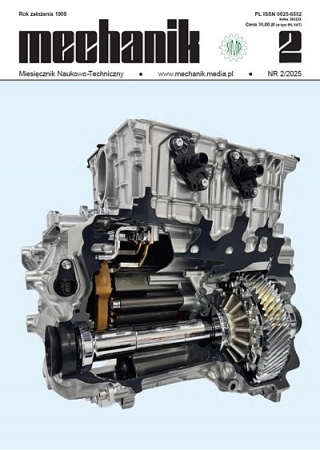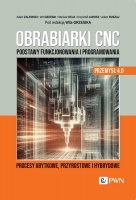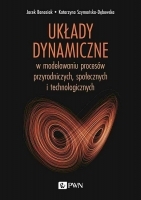Przenośny symulator suwnicy do wspomagania szkolenia operatorów suwnic – koncepcja *
Mobile simulator of the crane to support trainings of crane operators – a concept
Mechanik nr 07/2018 - Różne
STRESZCZENIE: Przedstawiono najważniejsze wytyczne do budowy symulatora suwnicy w wersji przenośnej. Symulator powstanie na bazie laboratoryjnego prototypu opracowanego w CIOP-PIB. W artykule zaprezentowano również założenia do modyfikacji symulatora w aspekcie zgodności z minimalnymi wymaganiami programu szkoleniowego opracowanego przez UDT. Urządzenie umożliwi wspomaganie praktycznego szkolenia operatorów suwnic prowadzonego przez ośrodki szkoleniowe.
SŁOWA KLUCZOWE: symulator przenośny, suwnica, szkolenie z udziałem symulatora
ABSTRACT: Presented are crucial indications to build a mobile crane simulator. The simulator will be build on the basis of a laboratory version of crane simulator prototype created in CIOP-PIB. The article also presents principles of its modifications concerning its compatibility with minimal requirements of training programme by UDT. The simulator will allow the supported of practical training of crane operators conducted by training centers.
KEYWORDS: mobile simulator, overhead crane, training with use of the simulator
BIBLIOGRAFIA / BIBLIOGRAPHY:
- Juang J.R., Hung W.H., Kang S.Ch. “SimCrane 3D: A crane symulator with kinesthetic and stereoscopic vision”. Advanced Engineering Informatics. 27 (2013): s. 506–518.
- Portouli V., Bekiaris E., Boets S., Henriksson P. “Comparative evaluation of training methods in improving drivers’ understanding about the functionalities and potential limitations of ADAS”. Proceedings of European Conference on Human Centred Design for Intelligent Transport Systems, France (2008): s. 217–226.
- Kalwasiński D. „Praktyczny test symulatora suwnicy w aspekcie symulacji wrażenia dotyku” (“Practical test of overhead crane simulator in the context of the sense of touch simulation”). Mechanik. 7 (2014): s. 285–294 [CD].
- Lozia Z. “Driving simulators as a tool for road traffic safety research”. Conference VIRTSAFE, CIOP-PIB (2005).
- Fuhua Lin, Lan Ye, Vincent G. Duffy, Chuan-Jun Su. “Developing virtual environments for industrial training”. Elsevier Information Sciences. 140 (2002): s. 153–170.
- Kalwasiński D., Myrcha K. „Środowisko wirtualne dla potrzeb interaktywnej symulacji obsługi tokarki” (“Virtual environment for interactive simulation of lathe operation”). Mechanik. 7 (2010): s. 187–194 [CD].
- A mixed reality chainsaw simulation – (2006) http://i.document.m05.de/?page_id=282.
- Chambers T.L., Aglawe A., Reiners D., White S., Borst C.W., Bajpayee A. “Real-time simulation for a virtual reality-based MIG welding training system”. Virtual Reality SI: Manufacturing and Construction. 16 (2012): s. 45–55. DOI 10.1007/s10055-010-0170-x.
- Ahmad O. “Driving simulation scenario definition based on performance measures”. Driving Simulation Conference. North America, Orlando, FL, 2005.
- Huang J-Y. “An omnidirectional stroll-based virtual reality interface and its application on overhead crane training”. IEEE Transactions on Multimedia. 5, 1 (2003): s. 39–51.
- Kalwasiński D., Filipek D. „Narzędzie komputerowe do wspomagania szkoleń operatorów suwnic” (“Computer tool to support trainings of overhead crane operators”). Mechanik. 7 (2013): s. 297–306.
- Budziszewski P. „Wykorzystanie rzeczywistości wirtualnej do rehabilitacji kończyn górnych”. Mechanik. 7 (2011): s. 65–72.
- Budziszewski P., Grabowski A., Milanowicz M., Jankowski J. “Workstations for people with disabilities: an example of a virtual reality approach”. International Journal of Occupational Safety and Ergonomics. 22, 3 (2016): s. 367–373.
DOI: https://doi.org/10.17814/mechanik.2018.7.99
* Artykuł recenzowany
























